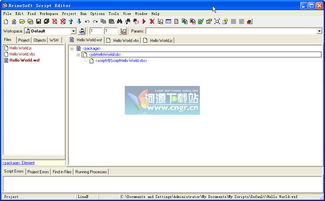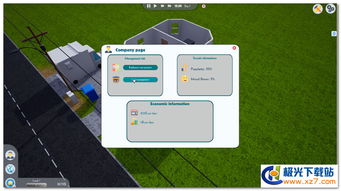来源:小编 更新:2024-10-07 04:25:56
用手机看

In today's fast-paced digital world, convenience is key. One of the most sought-after features in software is the ability to use it without the need for installation. This article delves into the benefits of no-install software, how it works, and why it's becoming increasingly popular among users worldwide.

No-install software refers to applications that can be used without the need for a traditional installation process. These programs are designed to be portable, allowing users to run them directly from a USB drive, CD/DVD, or even a network location. This eliminates the need for complex installation procedures and system compatibility issues.

There are several advantages to using no-install software:
Convenience: Users can access their favorite applications without the hassle of installation, saving time and effort.
Portability: No-install software can be easily transferred between computers, making it ideal for users who need to work on multiple devices.
System Compatibility: Since no-install software doesn't require installation, it's less likely to conflict with existing system settings or other applications.
Security: No-install software reduces the risk of malware infections, as it doesn't require installation on the host system.

No-install software typically works by using a self-contained executable file that contains all the necessary components to run the application. This file can be executed directly, without the need for additional setup or installation. Some common methods used to create no-install software include:
PortableApps.com Format: This format allows users to run applications directly from a USB drive, with all settings and data stored on the drive.
NSIS (Nullsoft Scriptable Install System): NSIS is a script-based installation system that can be used to create no-install software packages.
Zip Files: Some applications can be run directly from a zip file, which contains all the necessary files and settings.

There are numerous no-install software applications available for various purposes. Here are some popular examples:
Office Suites: LibreOffice and OpenOffice are free, no-install office suites that offer similar functionality to Microsoft Office.
Web Browsers: Google Chrome and Mozilla Firefox can be run without installation, providing users with a seamless browsing experience.
Antivirus Software: Avast Free Antivirus and AVG Free Antivirus offer no-install versions that can be used to scan and protect your computer.
Graphics Editors: GIMP is a free, no-install graphics editor that offers many of the features found in Adobe Photoshop.

Creating no-install software is relatively straightforward, especially if you're familiar with programming or software development. Here are some steps to get started:
Choose a Programming Language: Select a programming language that suits your needs, such as Python, Java, or C.
Develop Your Application: Write the code for your application, ensuring that it can be run without installation.
Package Your Application: Use a tool like NSIS or PortableApps.com Format to package your application into a no-install format.
Test Your Application: Run your application on different systems to ensure that it works as expected.

No-install software offers a convenient and secure way to use applications without the need for installation. With its growing popularity, it's becoming an essential tool for users who require flexibility and ease of use. By following the steps outlined in this article, you can create your own no-install software or take advantage of the many existing no-install applications available.

no-install software, portable applications,